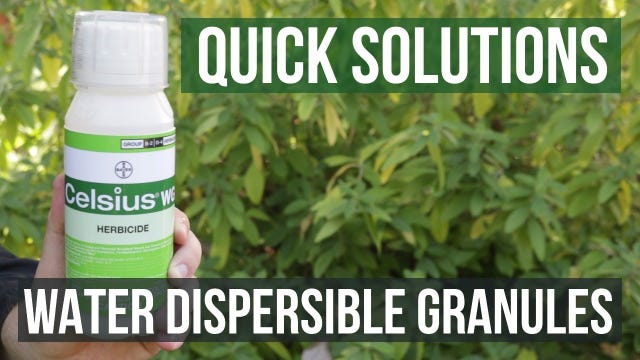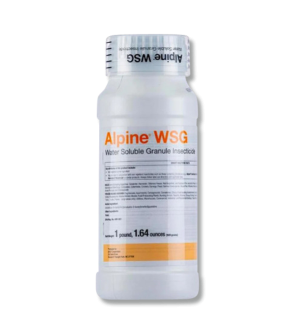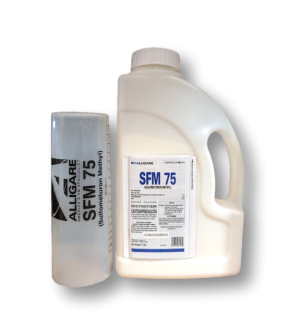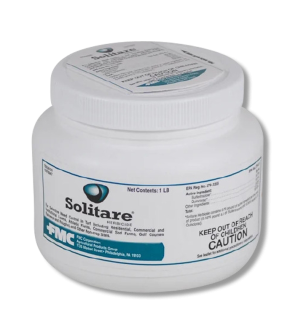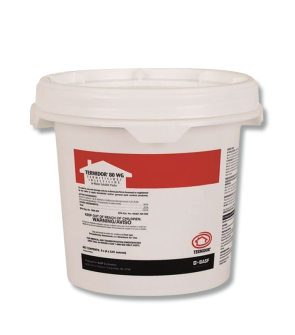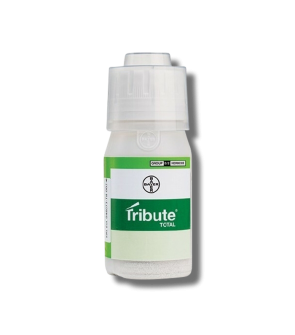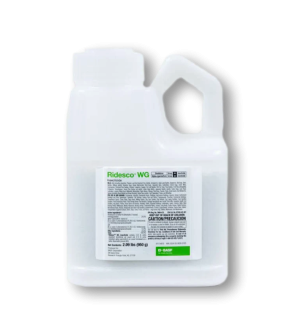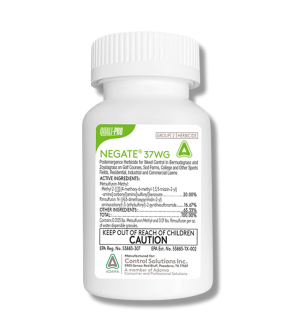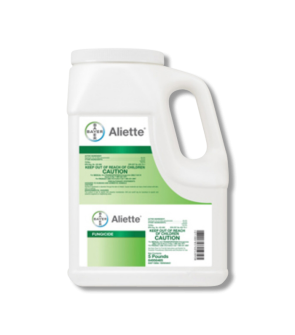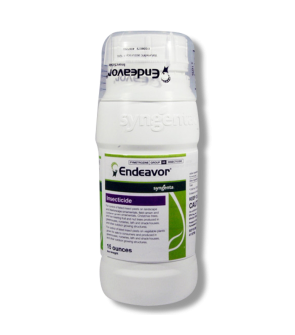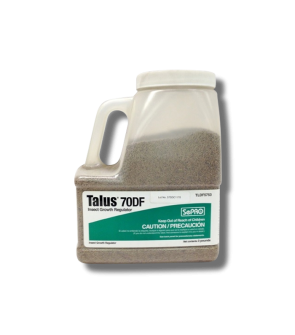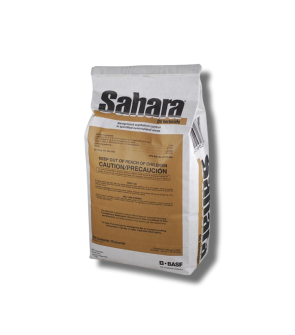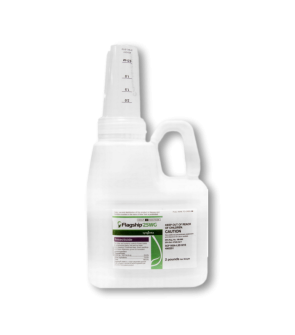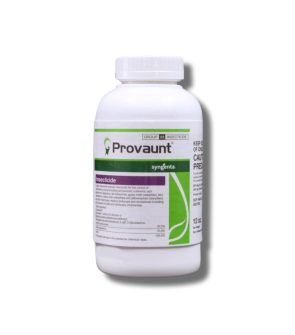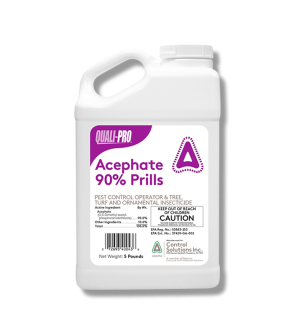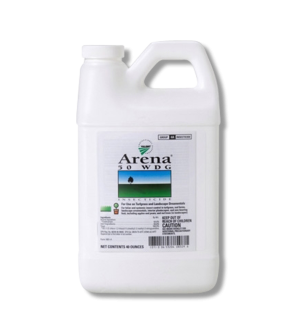Gain access to personalized product screening, the best pricing, rewards, and more!
Water Dispersible Granules (WDG)
Water-dispersible granules are a pesticide formulation that has existed since the 1960s. WDGs have proven to be an excellent method of pesticide alternative to liquid-based formulations.
On this page, you will learn about water-dispersible granules, how they are formulated, and how to apply them around your home to treat pests properly.
What is a Water Dispersible Granule?
Pesticides can come in many forms, one of which can include water-dispersible granules. This granule is a formulation where, rather than being in liquid form and needing to be sprayed, the pesticide is reduced to a paste and blended with an organic material that will dissolve in water.
In the case of water-dispersible granules (which are also referred to as dry flowable), water-dispersible granular formulations are very similar to wettable powder formulations. The difference is that instead of being dust-like, the product is compressed into dust-free, granule-sized particles.
Most WDGs come with a product-specific measuring device, with dry ounce (or pound) increment marks based on product density (weight per unit volume). Because they readily flow or pour out of their containers, they are easier to measure and cleaner to handle than WPs. Like wettable powders, water-dispersible granules must be mixed with water and applied as a spray suspension. Once in the water, the granules break into fine particles like powder.
WDGs tend to flow quickly, which allows them to be poured rather than scooped out of a package. The ease of dispersion is highly formulation-specific, and well-designed WDGs should disperse soon.
The percentage of the active ingredient in WDGs is high, sometimes as high as 90% by weight. Water-dispersible granules bind to the soil after exposure to moisture and function as a limited soil treatment.
Conditions for Using WDG
Water-dispersible granules perform well as herbicides and insecticides.
They settle out quickly unless they are constantly agitated to keep them suspended. They can be used for more pest problems and in most types of spray equipment where agitation is possible.
Benefits of WDG
The benefits of a water-dispersible granule are very similar to those of wettable powders, except for one added benefit: reduced exposure risk. WDGs are more straightforward to mix and measure, and because they are less dusty, they are less of an inhalation hazard.
Water-dispersible granules are also the most economical formulation of pesticides due to their high percentages of active ingredients and their lightweight, reducing freight and storage costs.
WDG Drawbacks

Though WDGs are usually not as dusty as WPs, smaller particles can be present, sometimes due to attrition (breaking up) of granules during transportation/handling. A well-designed system should be devoid of this problem.
WDGs usually take more time to disperse in water than other formulations, so good mixing practices are important.
Water-dispersible granules also require a fair amount of agitation. They can very quickly clog your nozzles, settle out very fast in your spray tank, or have very poor suspensibility. To prevent this, you must grind the active ingredient by agitation to reduce its particle size.
Our Recommendations
Prodiamine 65 WDG— is an excellent pre-emergent herbicide activated by water. It is easy to use, safe, and effective. It provides excellent control for broadleaf and grassy weeds with a long-lasting residual to contain susceptible weeds and prevent new growth. It is the same activity as Barricade but for less. Get the same effectiveness and save money doing it.
Tools Needed
To use a water-dispersible granule product, you must dilute and mix the granules with water in a handheld sprayer. Before mixing and applying, wear the necessary PPE for safety.
User Guide
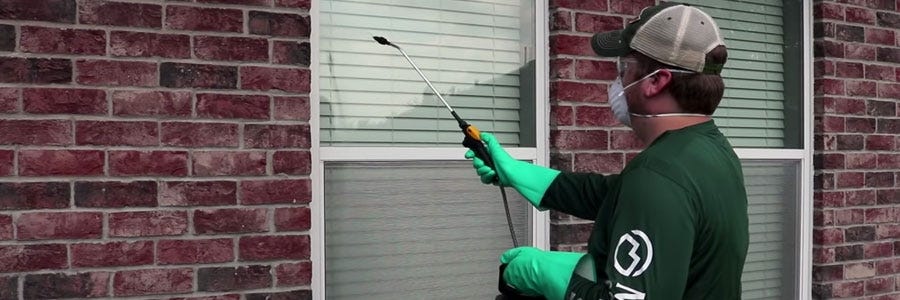
Step 1: Check the Label
The WDG chemical will either come with a dosing spoon or in individual-use packets. Follow label directions for the proper dosage of WDGs and proper application instructions.
Step 2: Mix WDG Product in the Sprayer
Shake the insecticide container well before spraying to agitate the WDG and to make sure it doesn’t settle.
Step 3: Apply Product
Spray around your exterior windows, the eaves of the house, and other areas with cracks and crevices. If it is an herbicide WDG, apply it to the target weeds, spraying evenly.
Key Takeaways
- Water Dispersible Granules are granules that, once in the water, will break apart into fine particles like powder.
- WDG products usually have an excellent residual and, depending on the type, perform well against weeds, fungi, and insects.
- Keep in mind that water-dispersible granules take more time to dissolve in water than other formulations, so good mixing is important.






